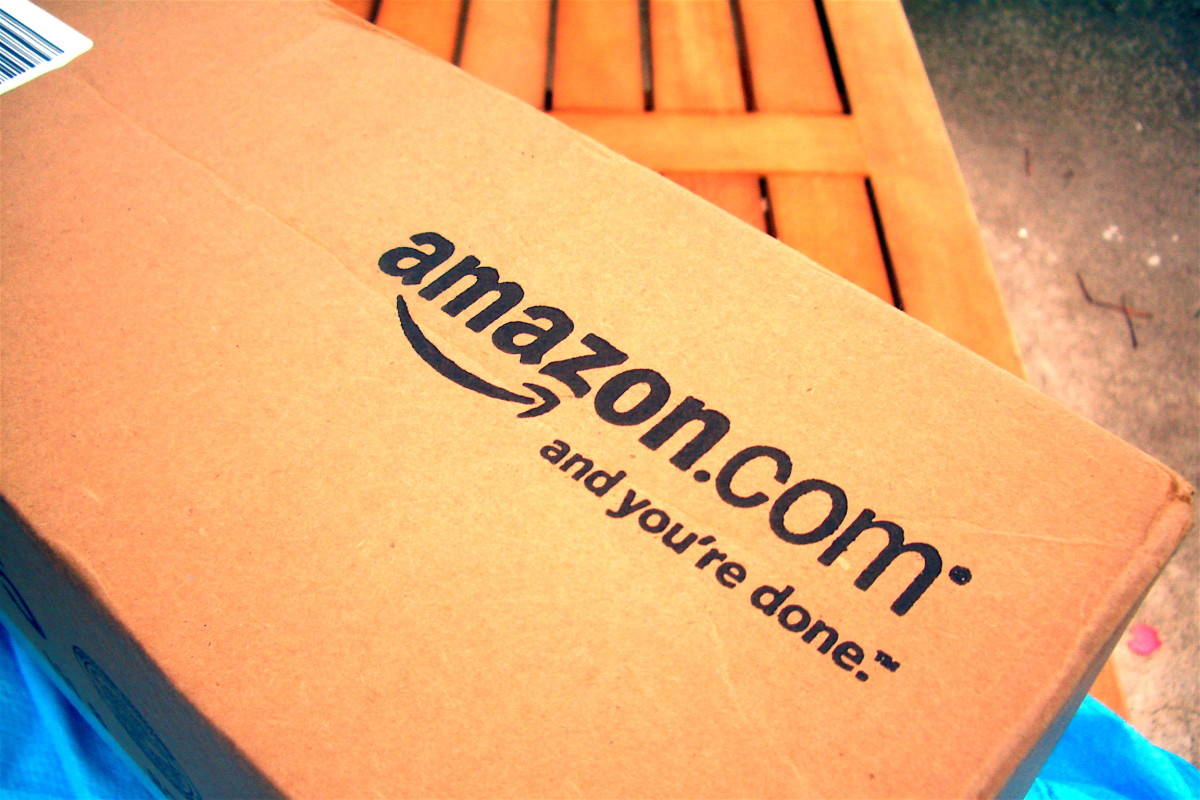Should Amazon consider the race of its customers when expanding Prime same-day delivery service?
This is the question posed by a new Bloomberg analysis that takes an in-depth look at coverage in six big U.S. cities, including D.C.
Looking at these six cities, David Ingold and Spencer Soper found a distinct disparity between neighborhoods with access to same-day delivery and neighborhoods without access to same-day delivery. The difference between those neighborhoods? Well, for one, their racial make up.
“In Atlanta, Chicago, Dallas, and Washington, cities still struggling to overcome generations of racial segregation and economic inequality, black citizens are about half as likely to live in neighborhoods with access to Amazon same-day delivery as white resident,” Ingold and Soper write.
For D.C. this means Northwest is covered, while Southeast is not. Eighty-two percent of white D.C. area residents live in a ZIP code with same-day delivery service, compared to just 43 percent of black residents who do.
Craig Berman, Amazon’s vice president for global communications, told Bloomberg that Amazon takes pride in being race-blind when it comes to customers. The goal, he said, is simply to serve as many people as possible. This means that, at least for the time being, Amazon prioritizes neighborhoods with lots of Prime members or neighborhoods that are closer to the warehouse.
This makes business sense. However, for any number of complex historical and demographic reasons including segregation and income inequality, it’s also exclusionary. The question is — should Amazon be asked to actively try to mitigate this effect?
Vox’s Libby Nelson has this read on the issue:
Ingold and Soper make a strong case that Amazon should consider race in the equation for two reasons: The black neighborhoods neglected by same-day delivery also tend to be places where convenient, well-stocked stores with low prices aren’t available either. And shopping online has particular upsides for people of color because they can’t be discriminated against or profiled based on their race. In other words, Amazon is neglecting customers who could use its service the most.
For its part, Amazon told Bloomberg “it’s misleading to scrutinize its current delivery areas so closely, because the service is new and evolving.” In some cities, where coverage is especially wide, black residents are event a little more likely to be served than white residents. Berman said that eventually all ZIP codes in a same-day delivery cities will have coverage, but declined to give a timeline for this expansion.
Check out the full Bloomberg article here — it’s complete with cool demographic maps of D.C. and other cities — and decide for yourself whether there is the need for Amazon to actively consider race as the company expands on-demand delivery.
Join the conversation!
Find news, events, jobs and people who share your interests on Technical.ly's open community Slack

DC daily roundup: Inside UMCP's new ethical AI project; HBCU founder excellence; a big VC shutters MoCo office

DC daily roundup: Esports at Maryland rec center; High schoolers' brain algorithm; Power data centers with coal?

DC daily roundup: Tyto Athene's cross-DMV deal; Spirit owner sells to Accenture; meet 2GI's new cohort

